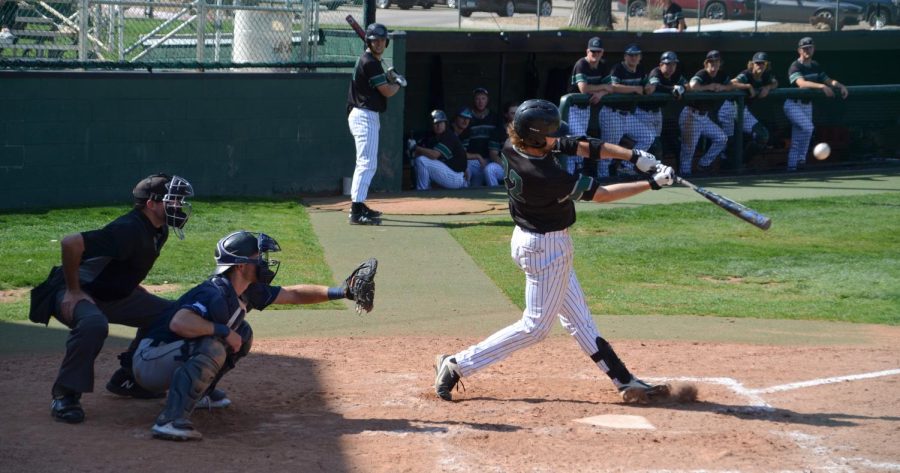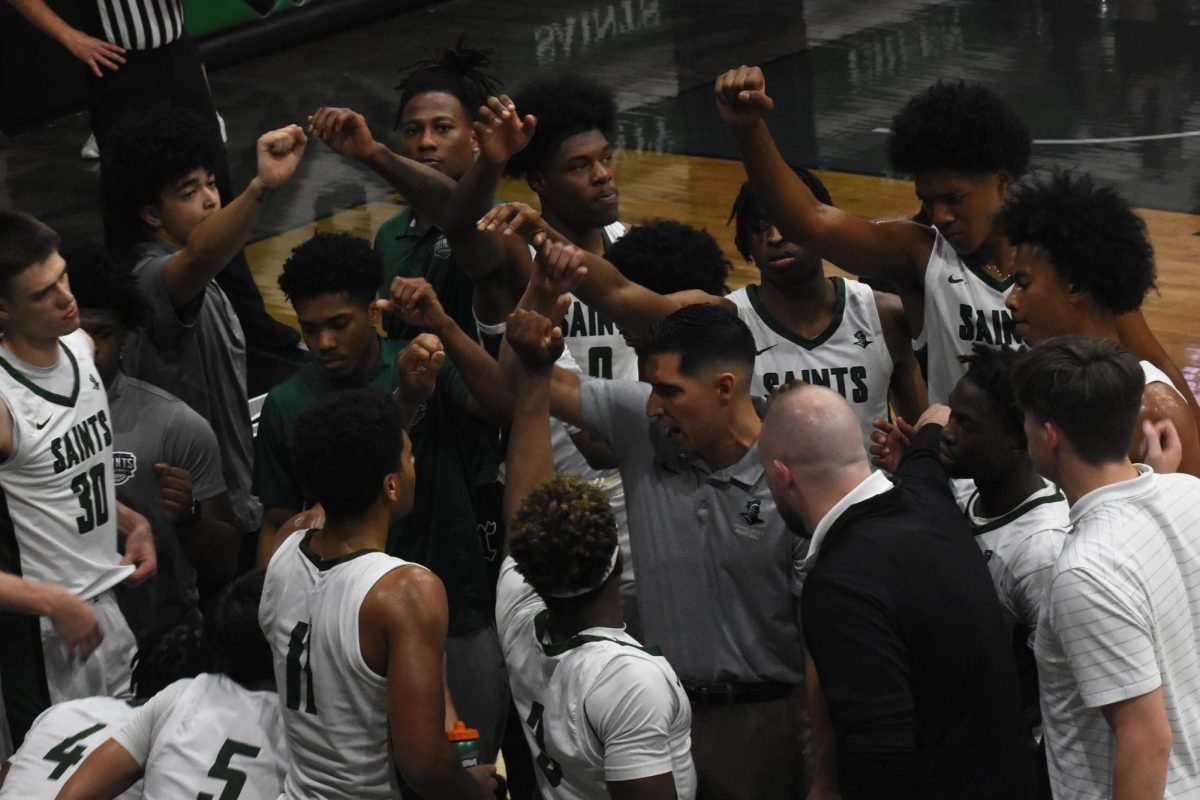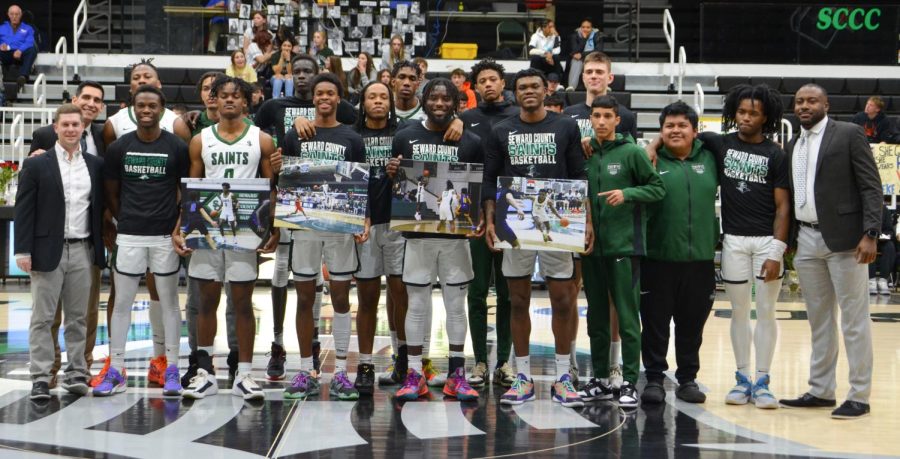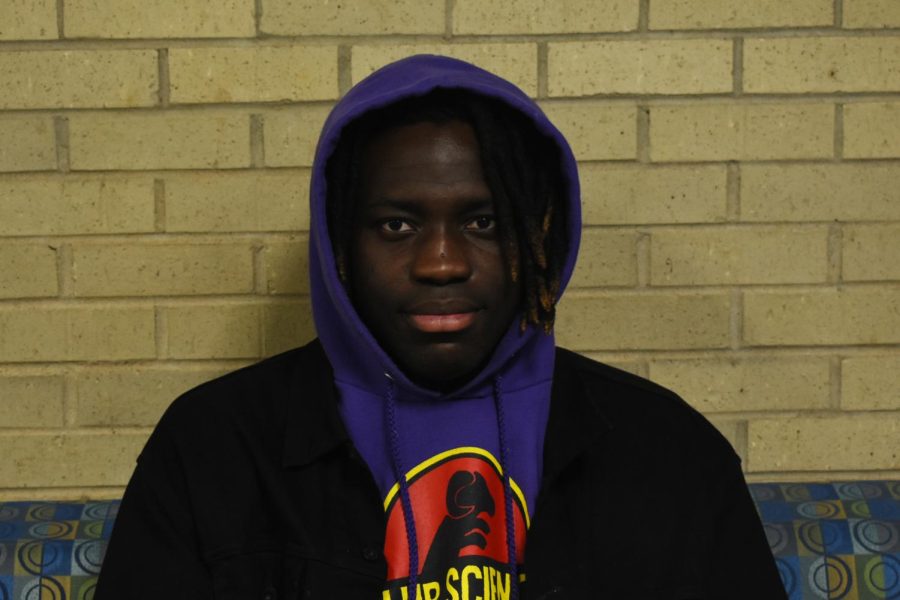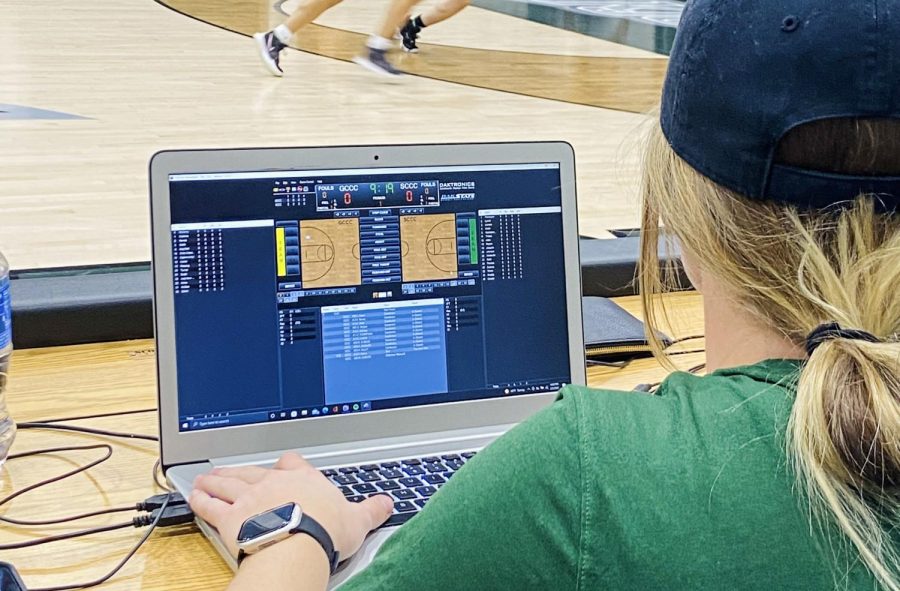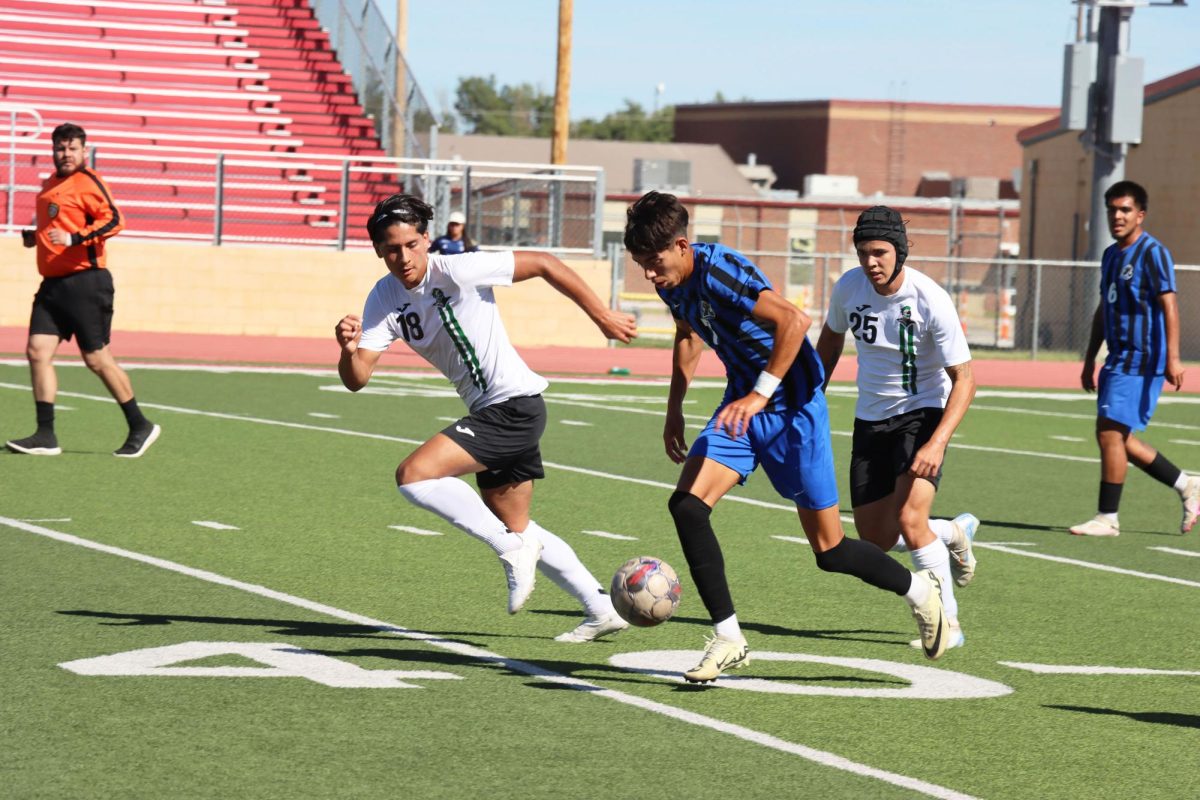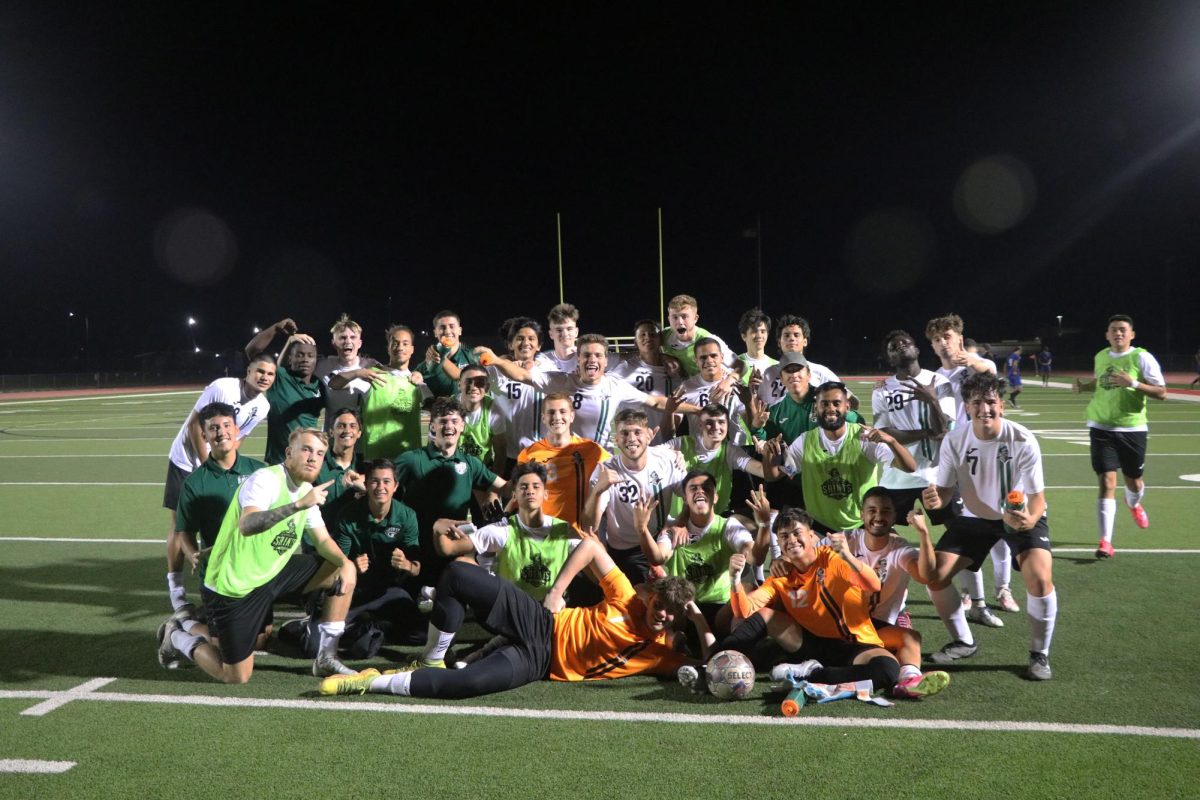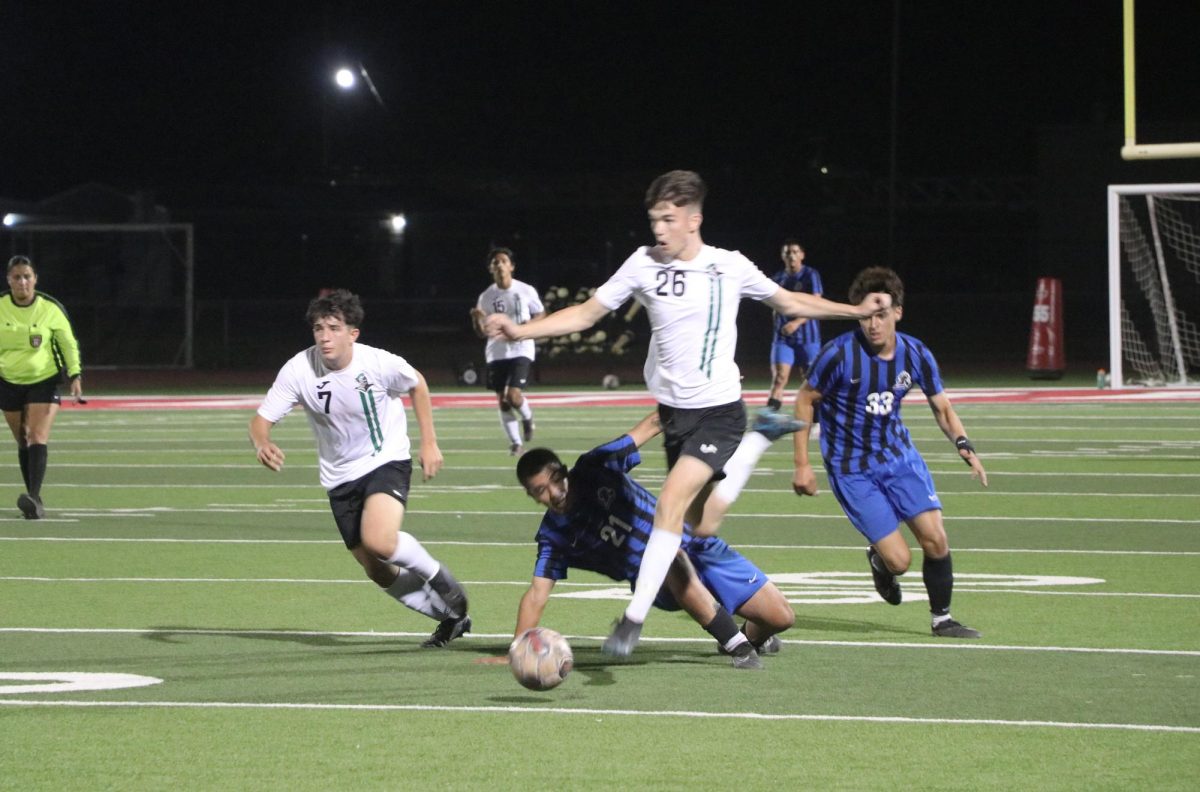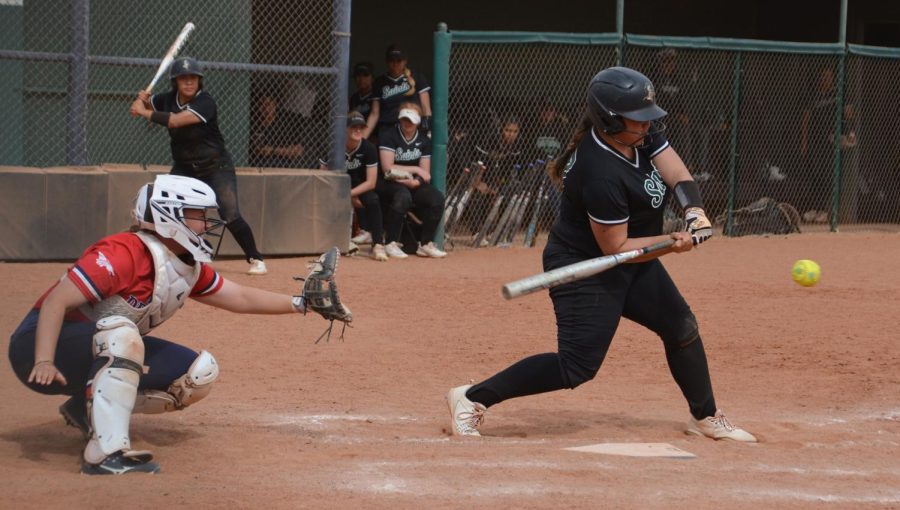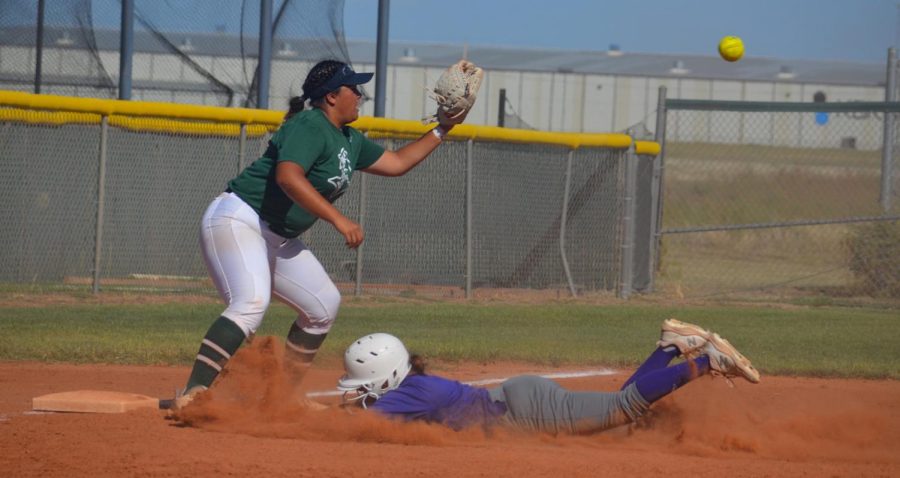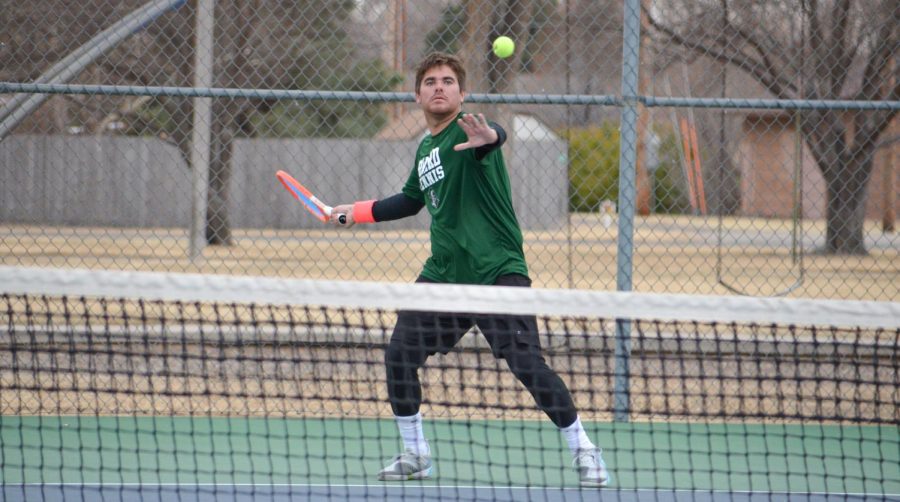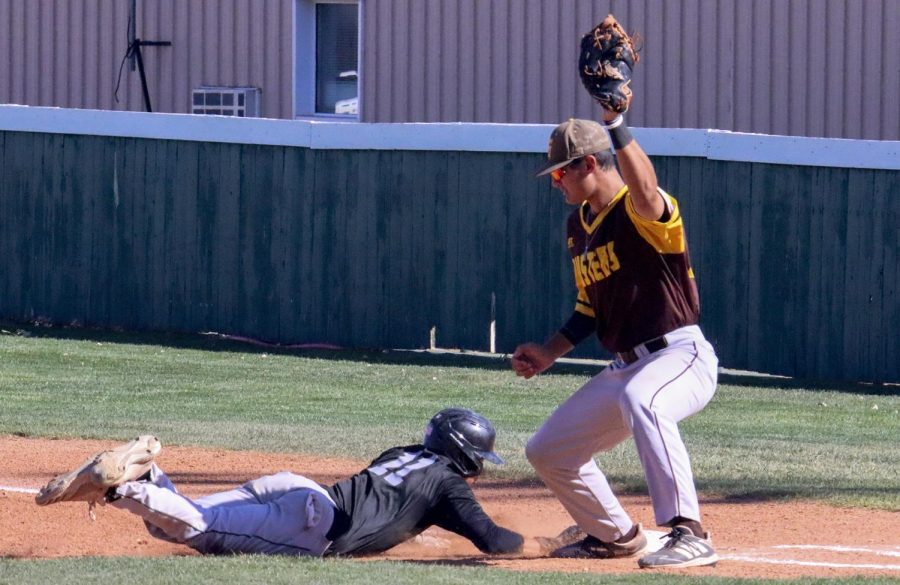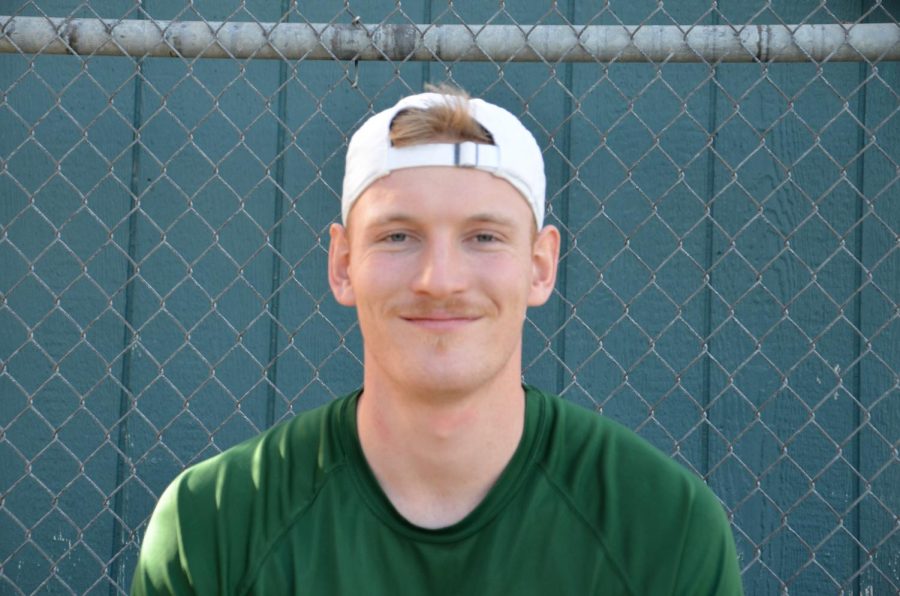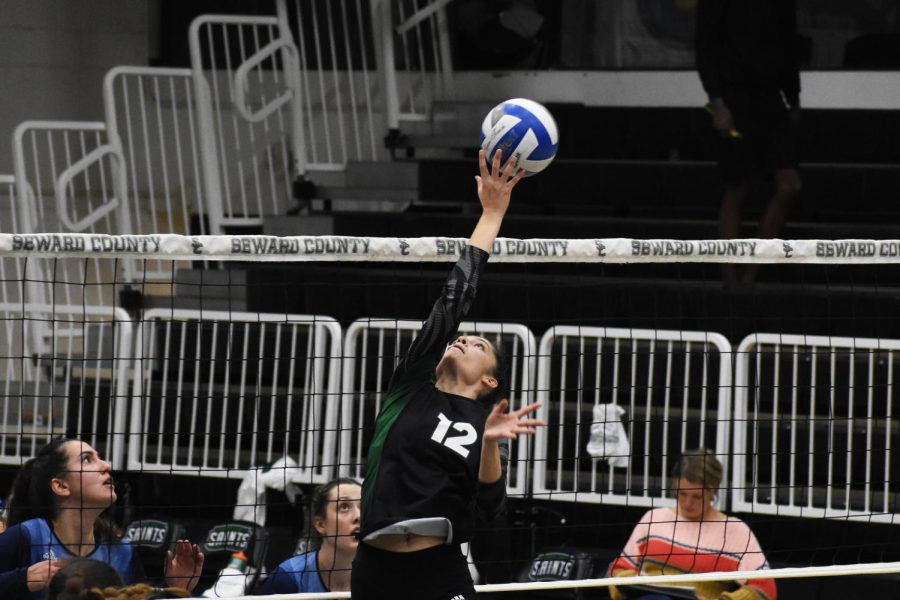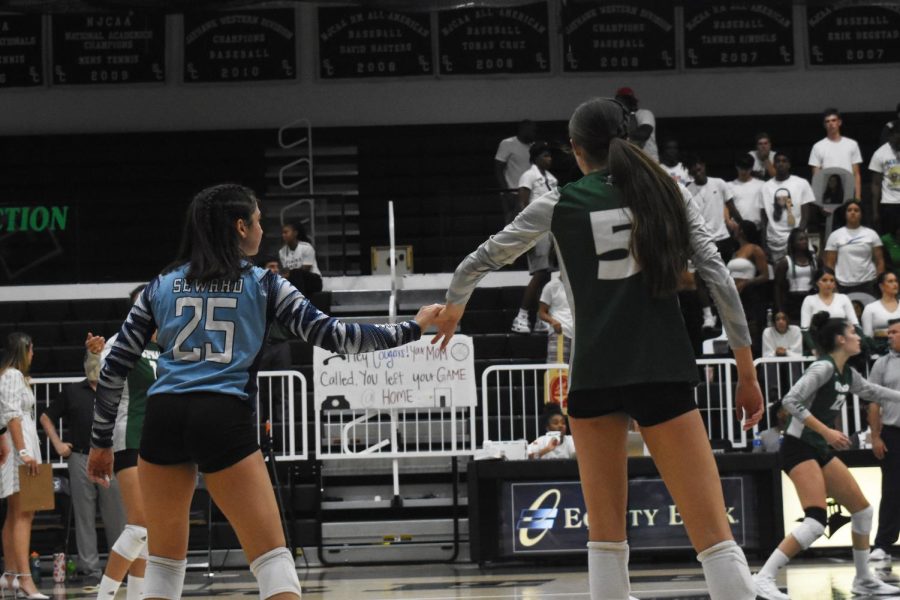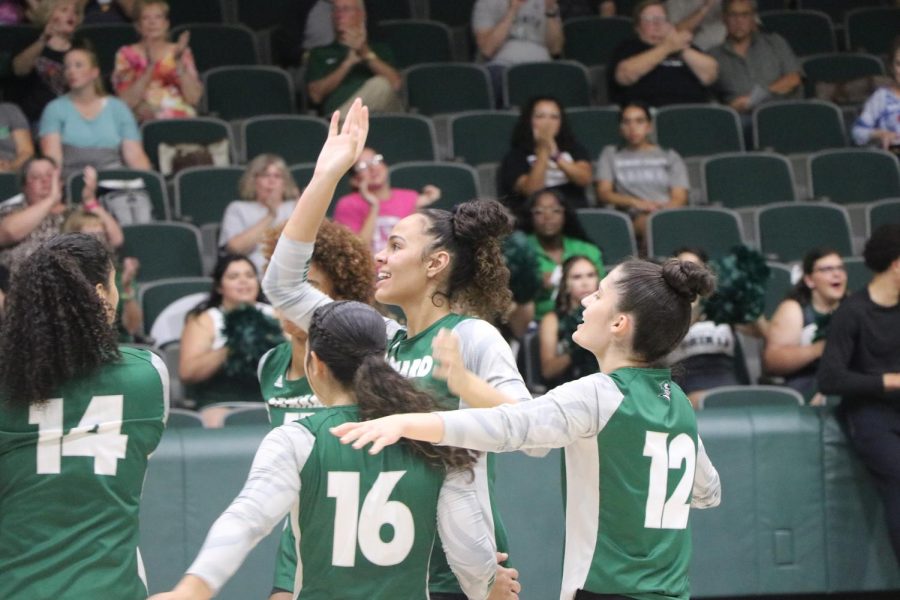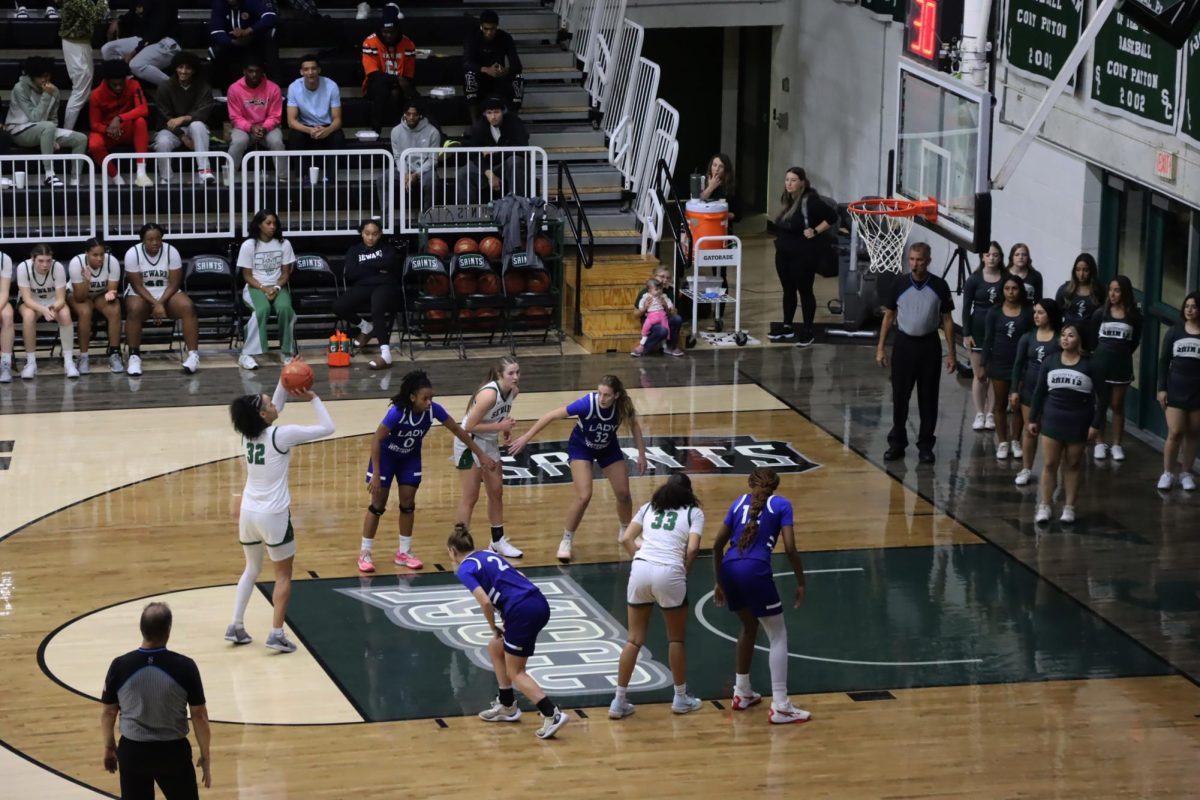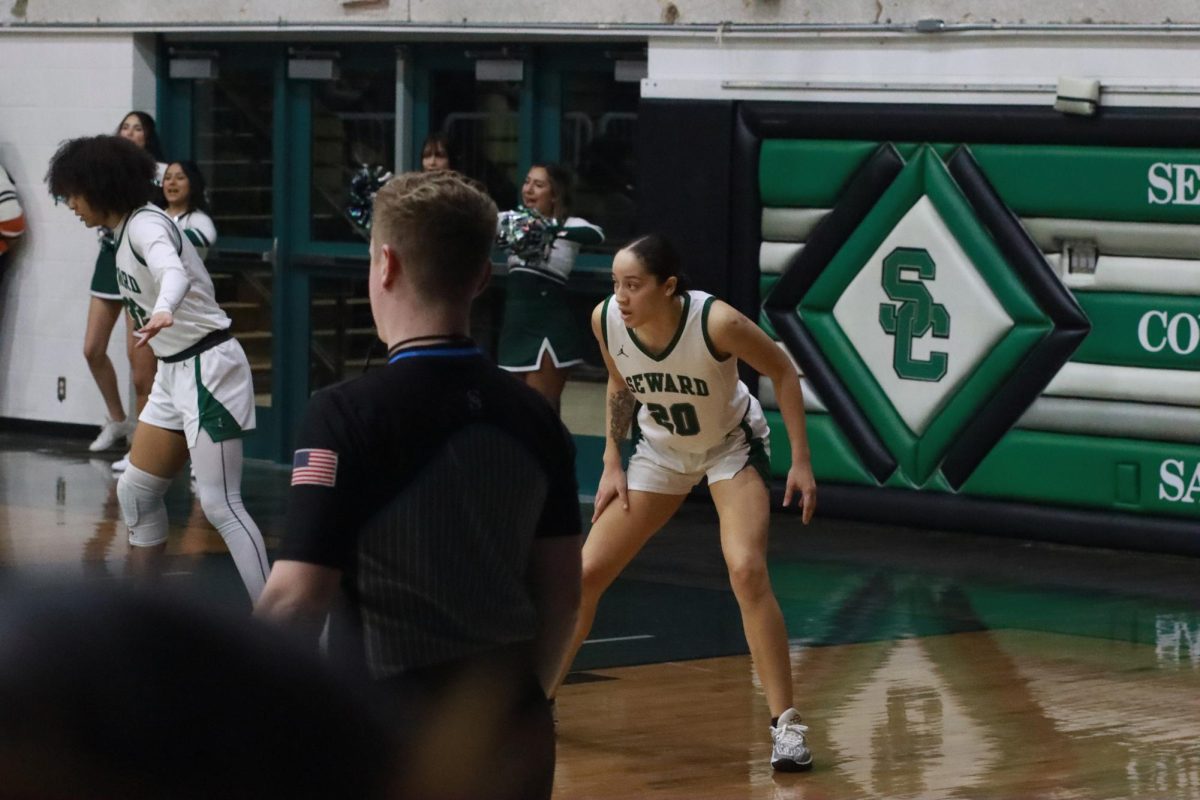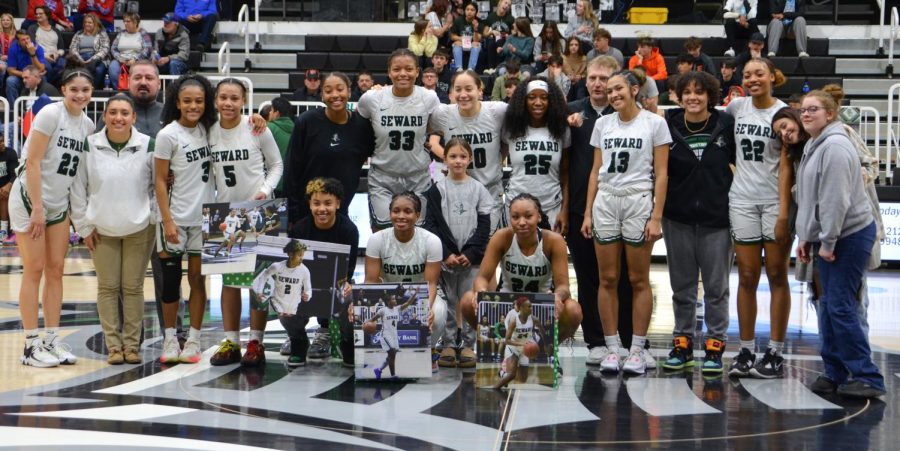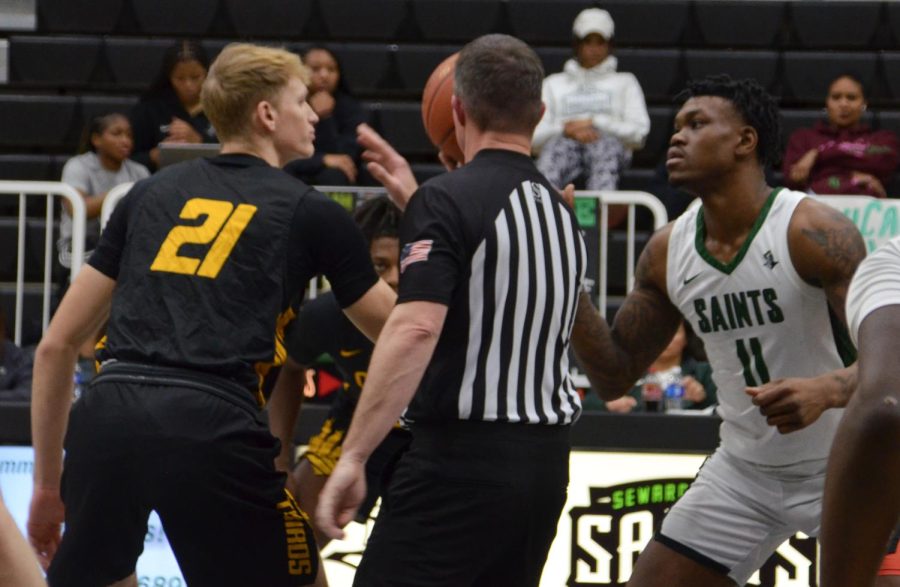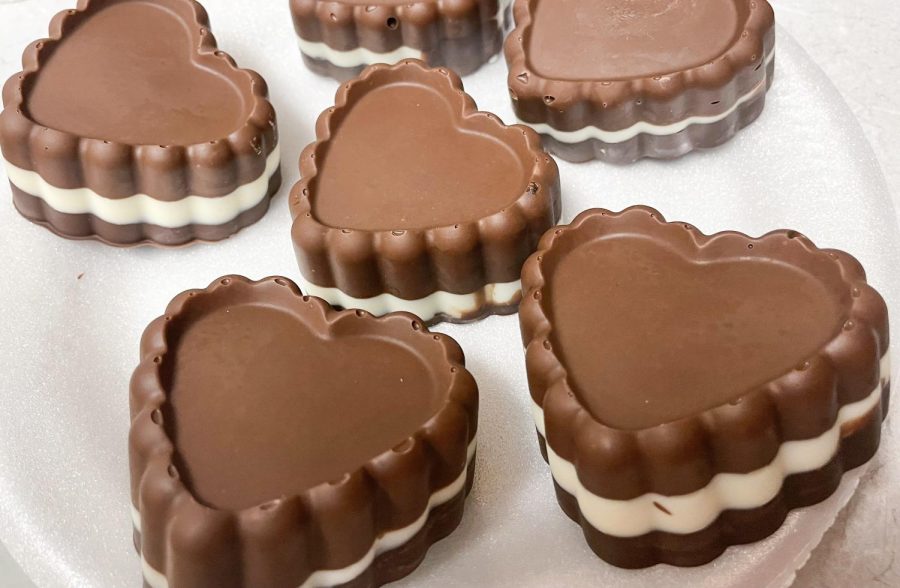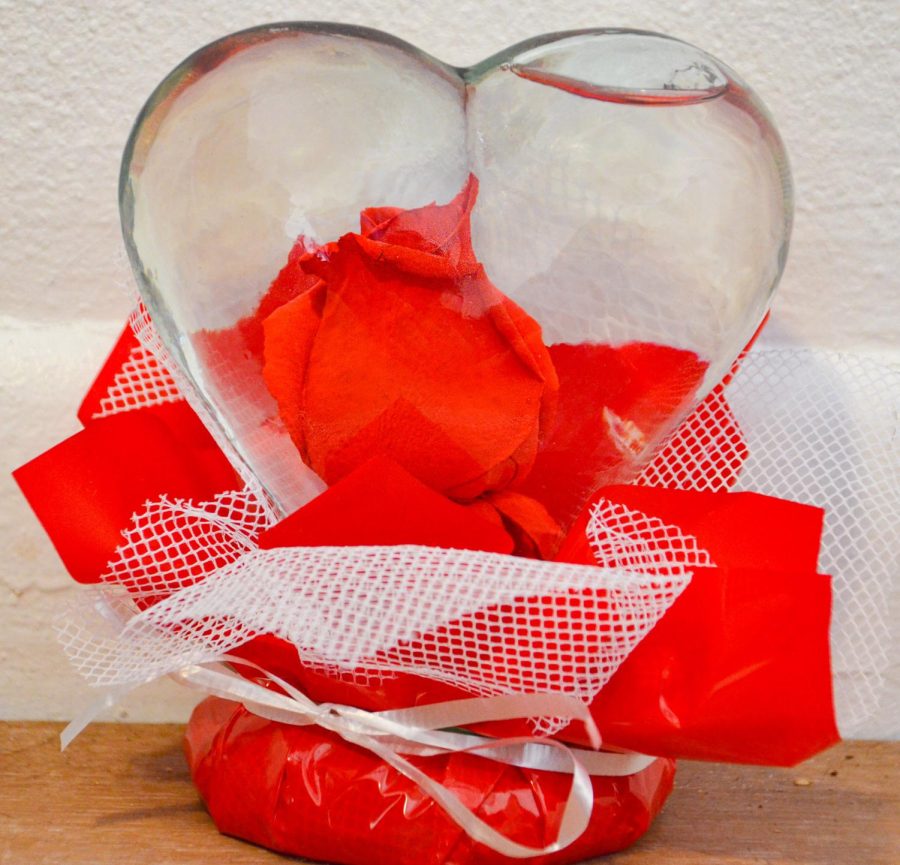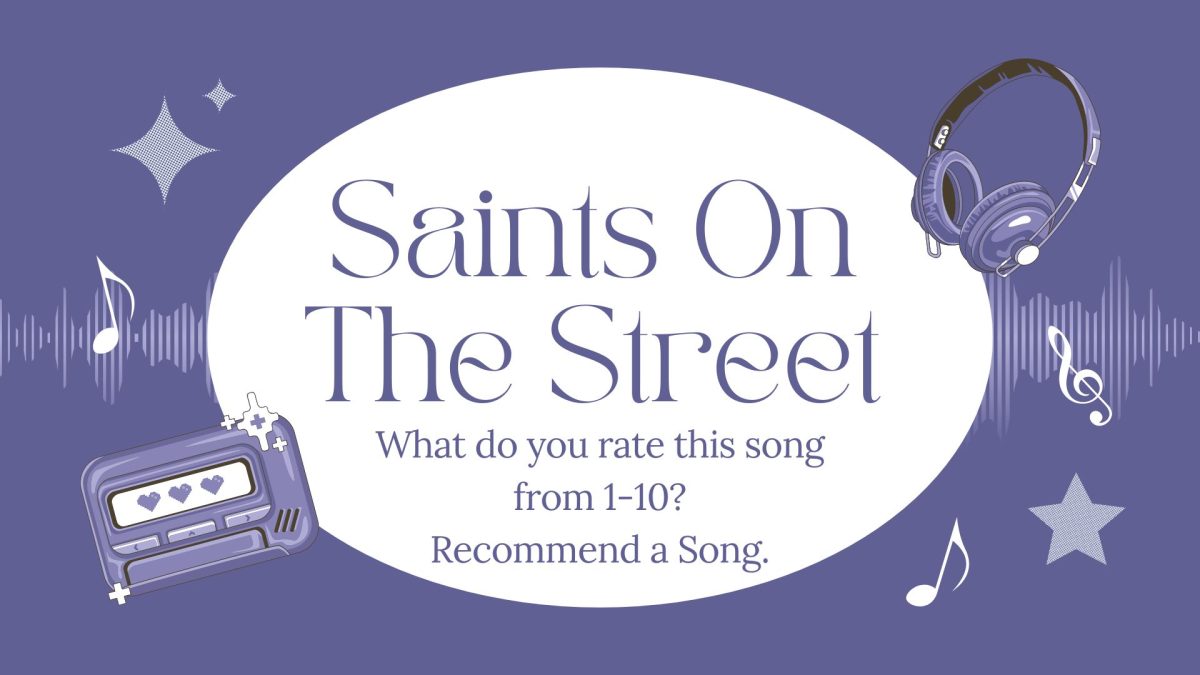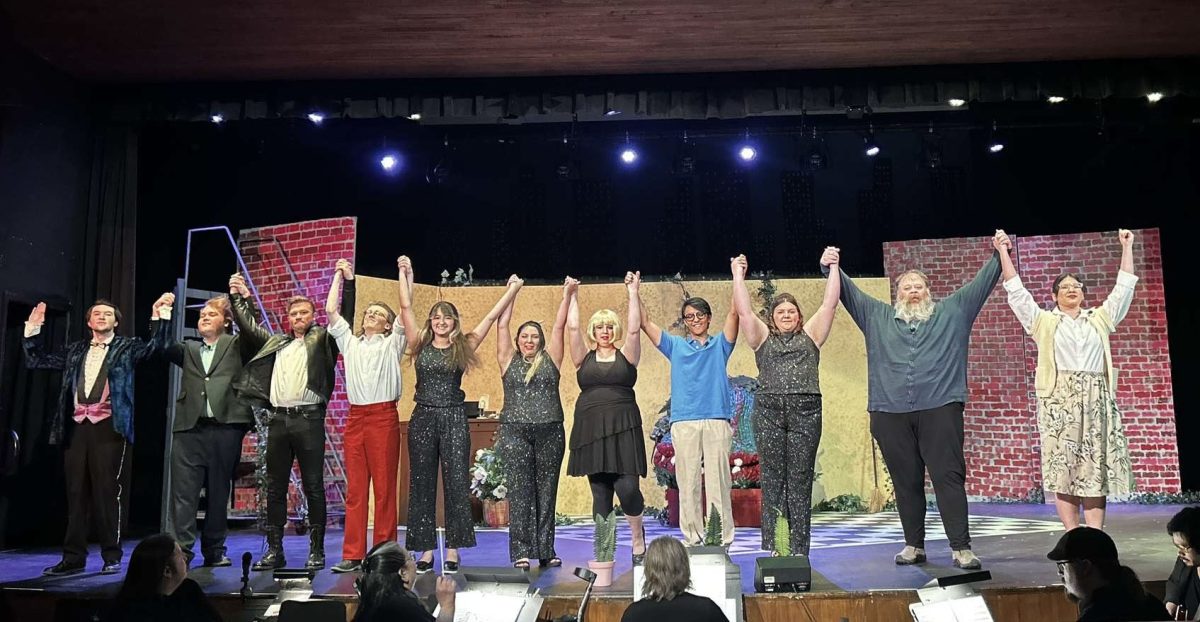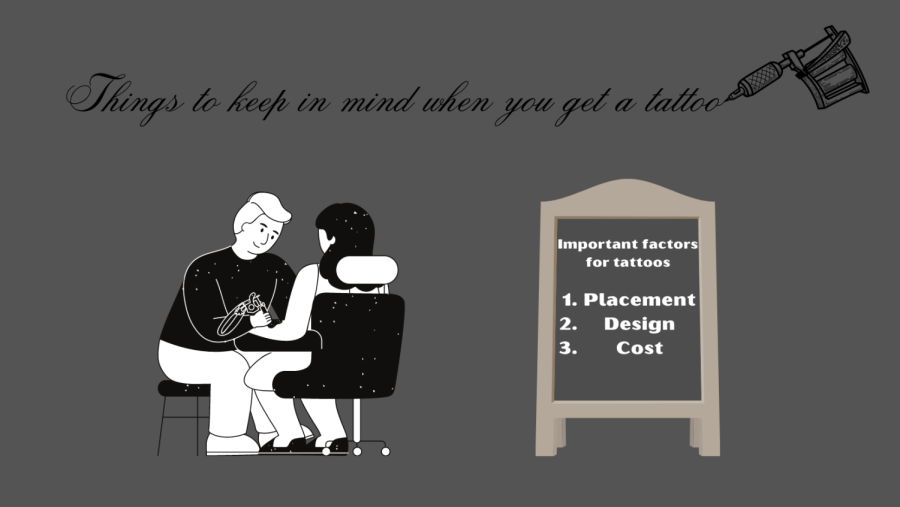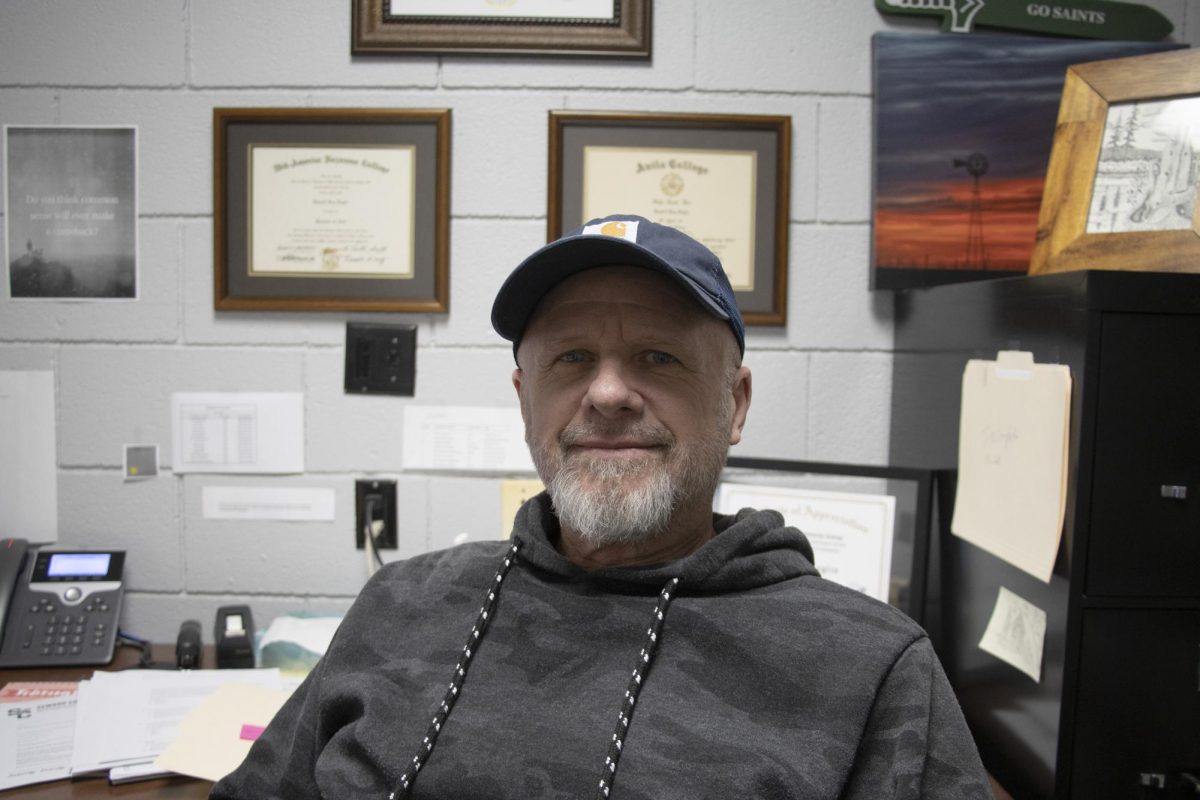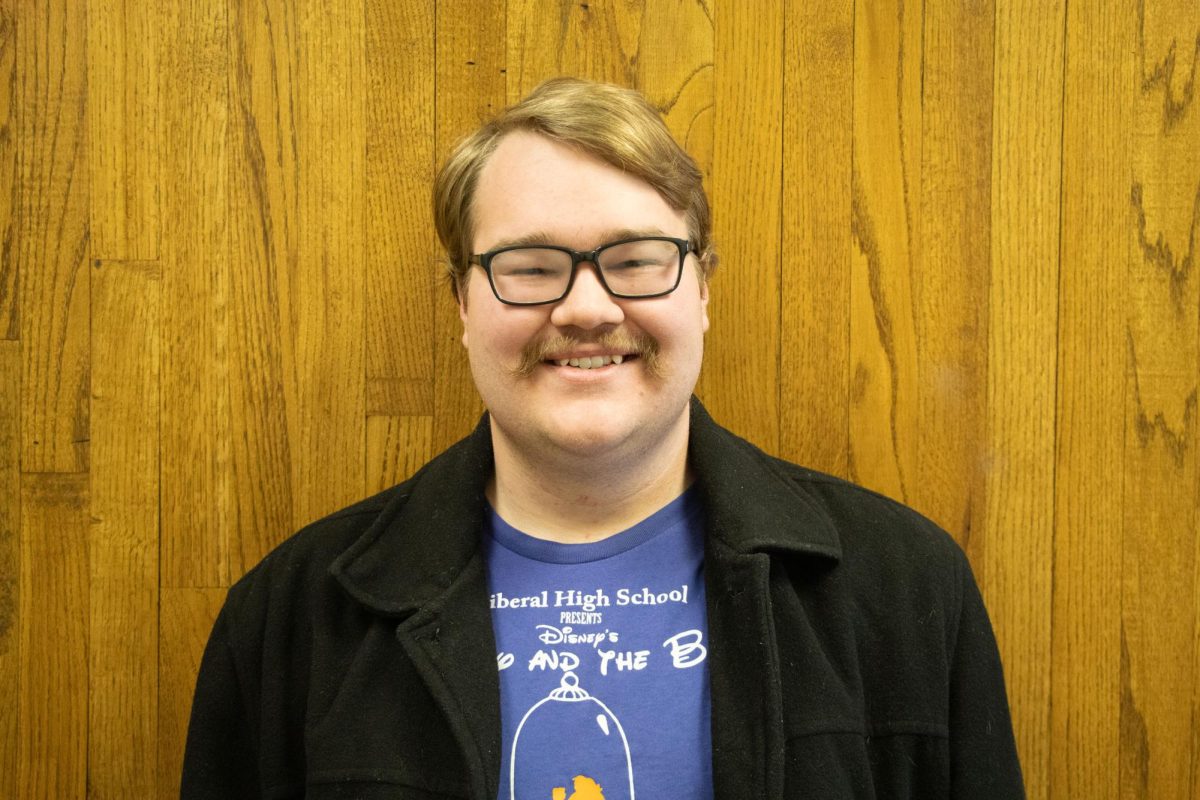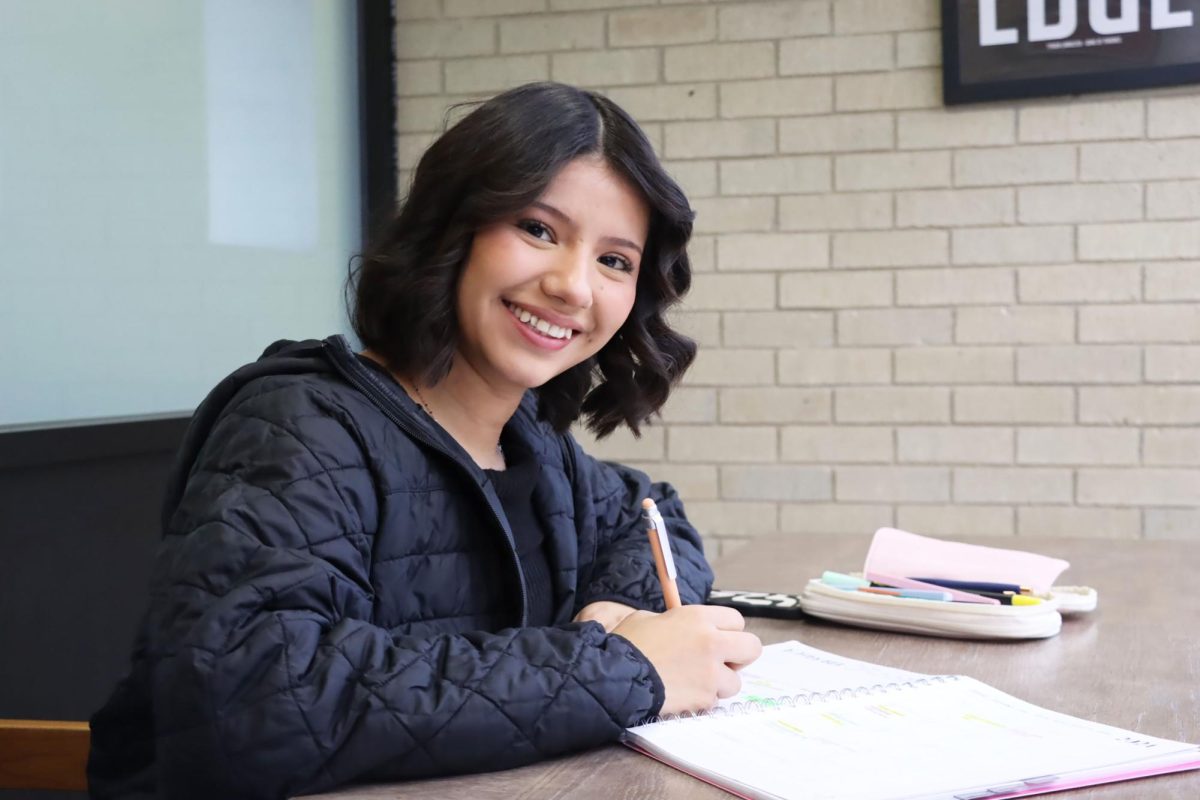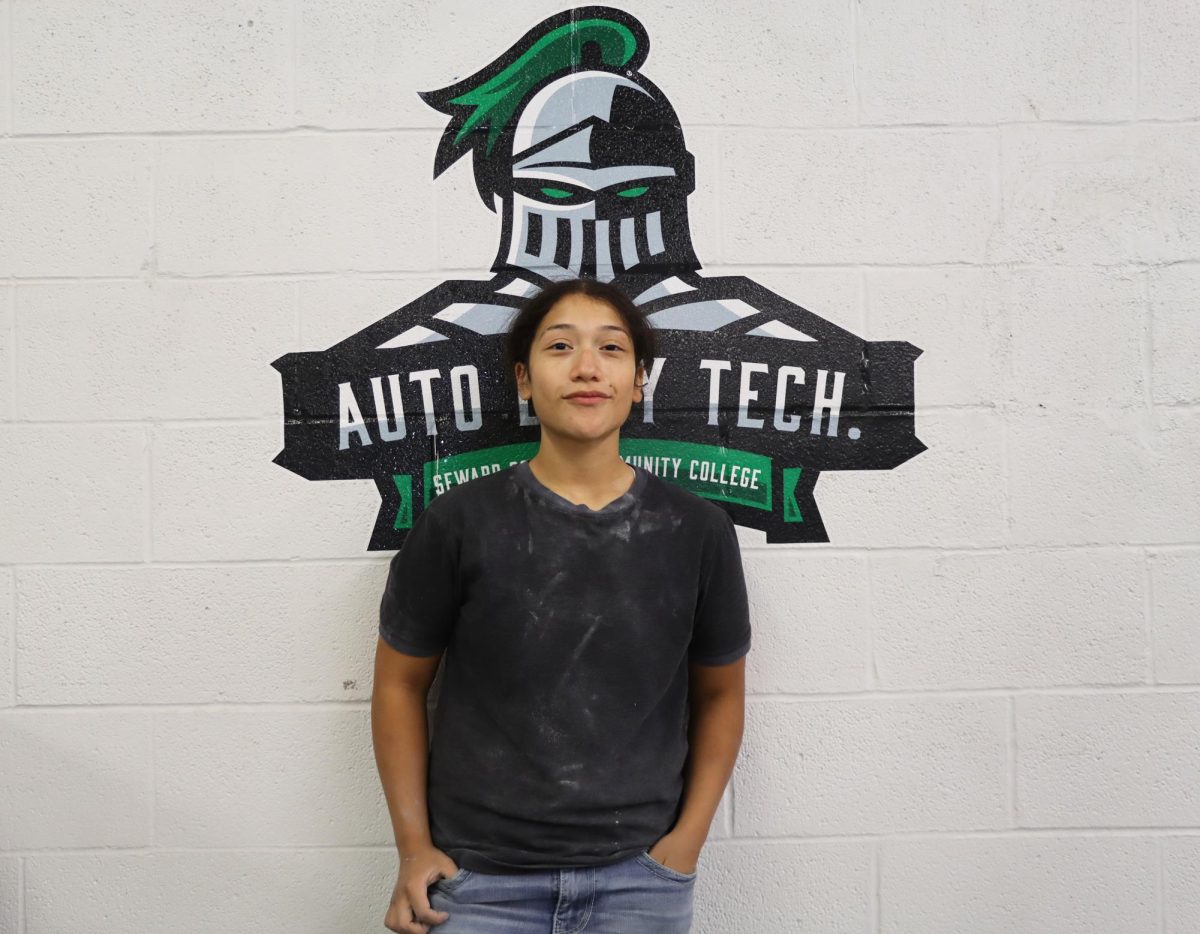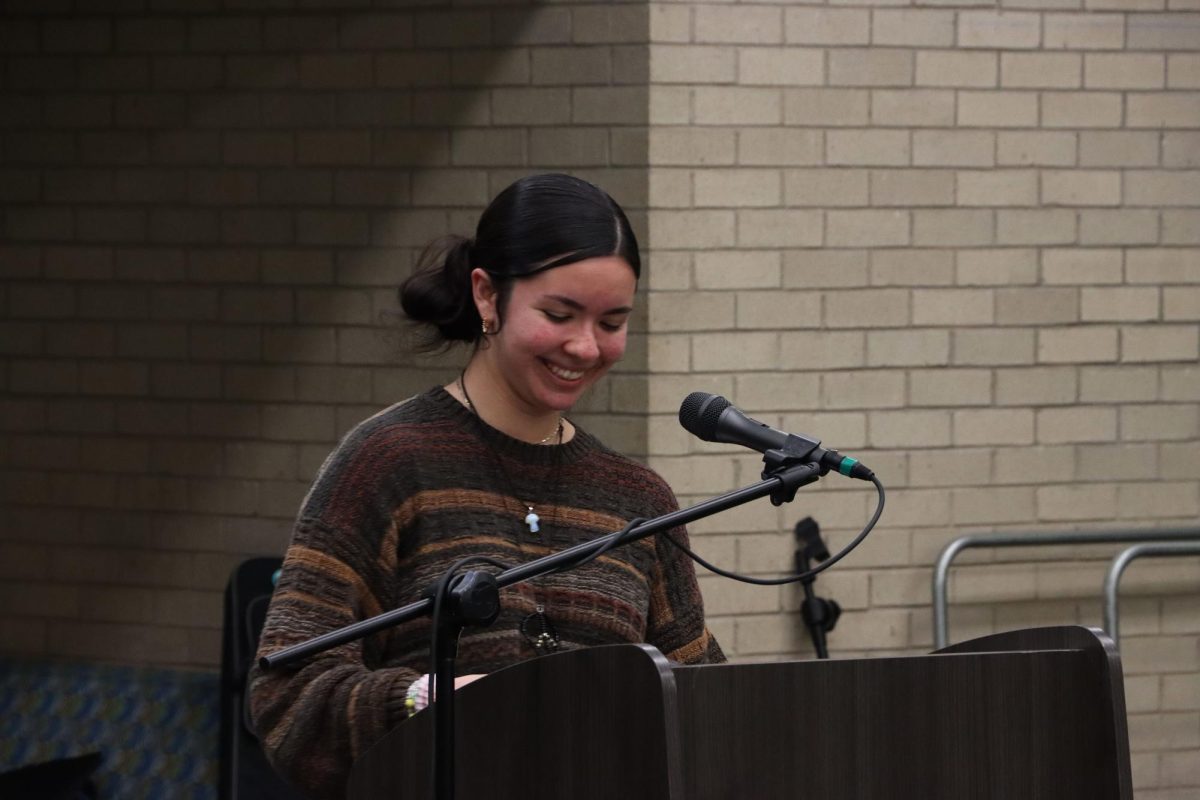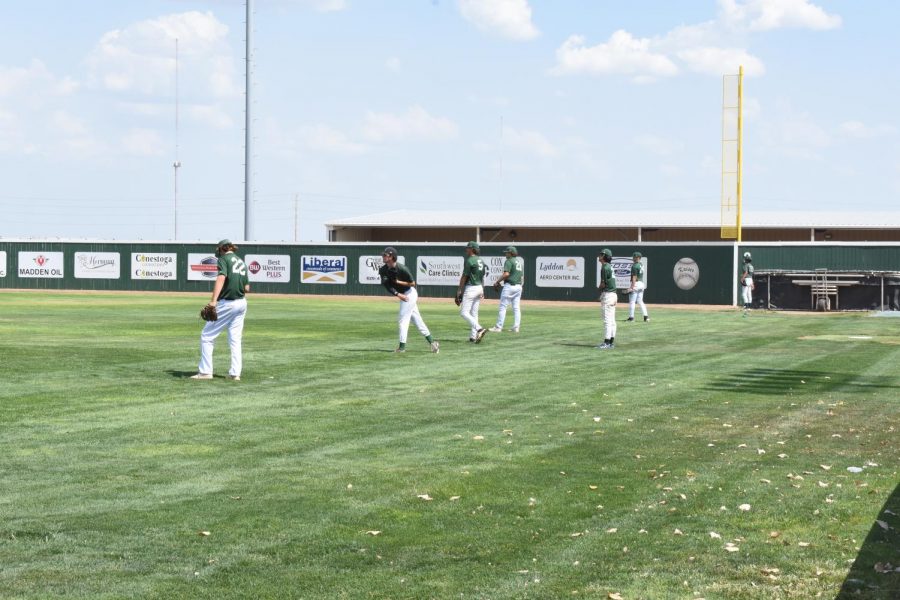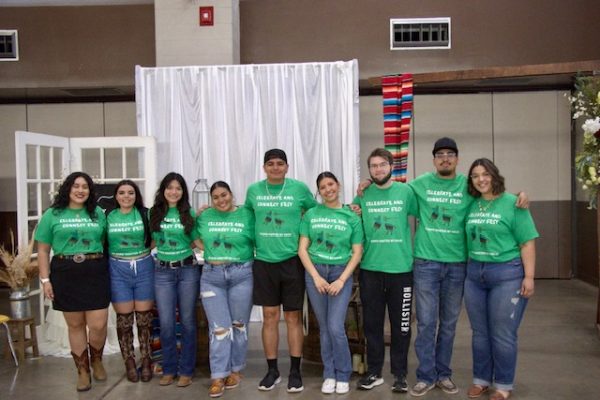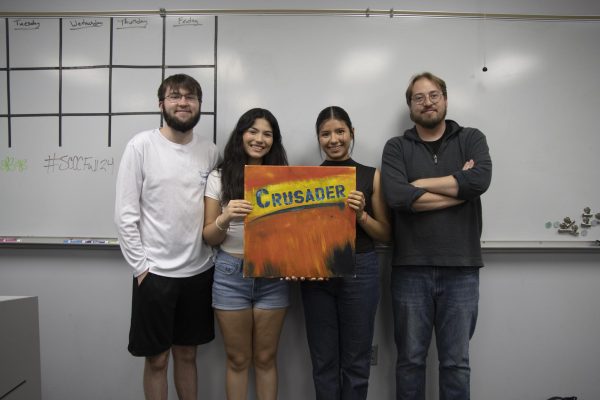SCCC protects student athletes in high heat
The women’s tennis team tries to cool off in the one corner of shade at the practice courts. One player drapes herself with a cool towel to beat the 100+ degree heat.
It’s no secret that the past few weeks have been hot in Liberal. Liz Hill, Head Athletic Trainer at Seward County Community College, explained how she helps keep the student-athletes safe during high heat conditions.
Hill works alongside Tanner Urban, assistant athletic trainer, and coaches to help protect the student-athletes of SCCC. Hill follows the Heat Policy Protocol from the Kansas Jayhawk conference that is also in accordance with the National Athletic Trainers Association heat policy.
“We follow those heat policies and we also make sure we provide water. We try to stress to the student-athletes the importance of hydration and taking care of themselves with sleep and adequate nutrition prior to practice,” Hill said.
The Heat Policy Protocol requires Hill to follow the Wet Bulb Globe Temperature rather than normal temperature. The Wet Bulb Globe Temperature takes into account the humidity and other conditions unlike a normal temperature.
“The highest normal temperature that we’ve had outside was 106 degrees Fahrenheit but the highest Wet Bulb Globe Temperature outside has only been 89.4 degrees Fahrenheit. The highest temperature it’s been inside has been in the 80’s but we don’t necessarily look at the exact temperature for the indoor. We look at the Wet Bulb Globe Temperature for the indoor sports as well, and the hottest it has been in the gym is 77.1 degrees,” said Hill.
Within the Heat Policy Protocol, there are different categories that require different accommodations. All categories are based on the Wet Bulb Globe Temperature readings. These accommodations apply to practices and games as well.
Hill explained, “ When the reading is from 78-82 degrees you are able to do normal activity while providing at least three separate rest breaks or preferably 10 minutes per hour. When we get in the category of 82.1-86 degrees, we have to watch our at-risk players, but we also want all sports to have at least three separate rest breaks of four minutes or 10 minutes per hour again. When the Wet Bulb Globe Temperature reads from 86.1-89.9 degrees, we have to limit our intense exercise to one hour. If not doing intense exercise, then total outdoor exercise should be limited for four hours.”
It is also important for coaches to limit the conditioning of their athletes.
“If we are only allowing intense activity for an hour, we don’t want conditioning on top of that. If we are limiting our four hours of outdoor activity, we don’t want to add a lot of conditioning to that either because that would increase the intensity. We need to provide at least four separate rest breaks for four minutes minimum or a 10-minute break every 30 minutes. If outdoor activities want to have a more intense practice, then the coaches should consider changing practice to before 10:00 am or after 5:00 pm,” said Hill.
If the Wet Bulb Globe Temperature reaches 90 degrees or higher, there will be no outdoor activities. If the temperature were to ever reach that category, trainers would recheck the Wet Bulb Globe Temperature every 30 minutes and modify it as much as possible. Head tennis coach Mitch Vechione said his Saints know what to do if practice were to be canceled.
“If they ever get a free day from practice, they know to study and catch up on school work,” said Vechione.
Vechione added, “We’ve had one of our practices cut short so far due to heat, but we’ve also added more water breaks to every practice. My players have been handling the heat quite well if you ask me. They’ve played high-level tennis in every kind of condition, so it’s just another day in the office for them.”
Hill and Urban provide water to every sport and consistently check waters throughout practice. Hill emphasized the importance of educating the student-athletes to make sure they know how to hydrate and take care of their bodies outside of practice.
“We provide 7-gallons of water to tennis and we do go out to check the water, especially on those hot days when practice is limited. We provide 10-gallons to softball plus ice in their water bottles and we provide 20-gallons to baseball plus ice in their water bottles. Ten gallons of water are provided to inside sports and their water bottles are also filled with ice prior to practice. There have been a couple of days that we’ve had to provide extra water to all three teams practicing outside,” said Hill.
Tucker Livermore, a baseball player majoring in business from Canyon, Texas, said, “Practicing in these high heat conditions has been rough but I am slowly getting used to it. I am used to playing in the heat because of where I used to live and we are getting taken care of very well by trainers and coaches.”
Livermore said practicing in their black shirts is cooler than the green. Bri Linnear, a women’s basketball player majoring in graphic design from Aurora, Colorado, took more time adjusting to the high heat conditions.
“It was a huge adjustment for me, but our practices require a lot of water breaks because of the heat. The first week I’d get really light-headed but at this point I’ve gotten used to the heat. I feel like practicing in the heat will give us an advantage especially for our home games because the other teams won’t be prepared for the heat, but we will,” said Linnear.
– Mauricio Gonzalez also contributed to this article
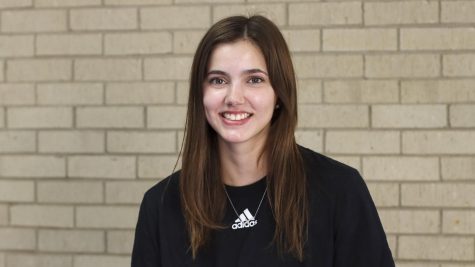
Brooke Katen transferred to SCCC in January of 2021 and is currently a sophomore. She is 19 years old and from Maryville,...

Mauricio Gonzalez Paiva is a sophomore majoring in mass communications. He already graduated from SCCC in business administration....



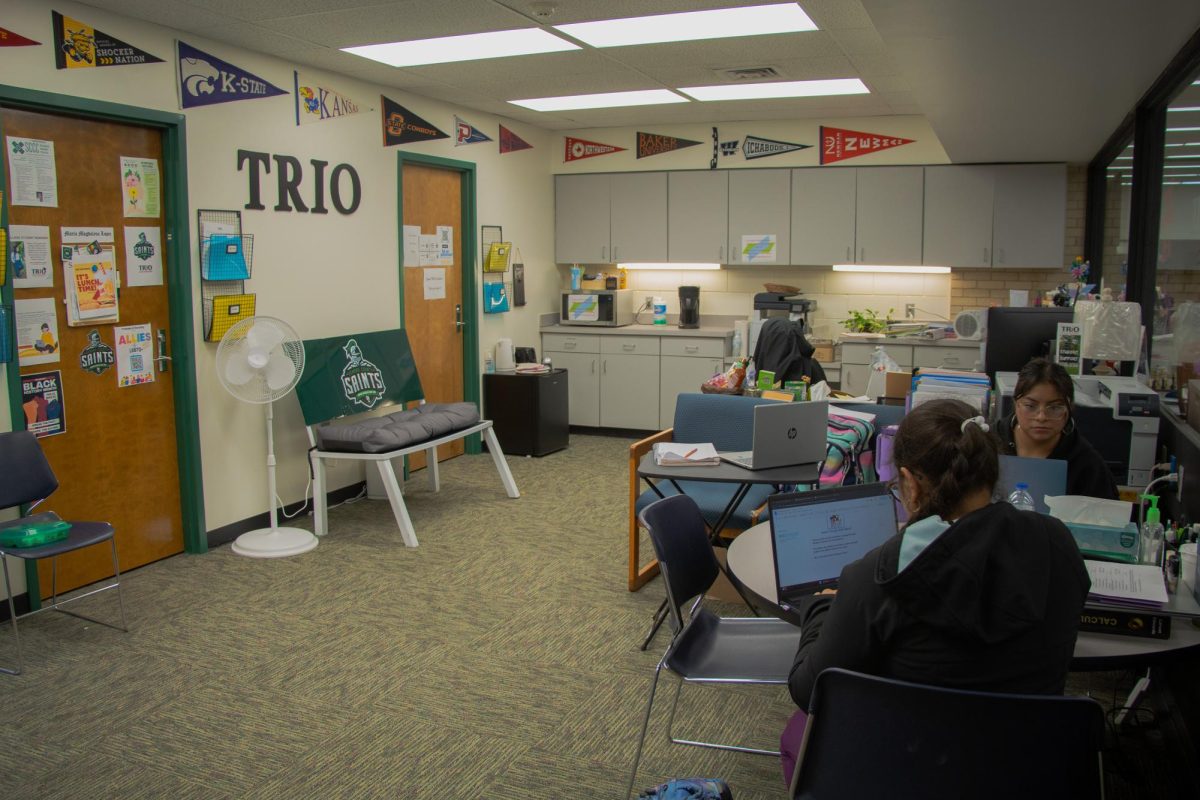

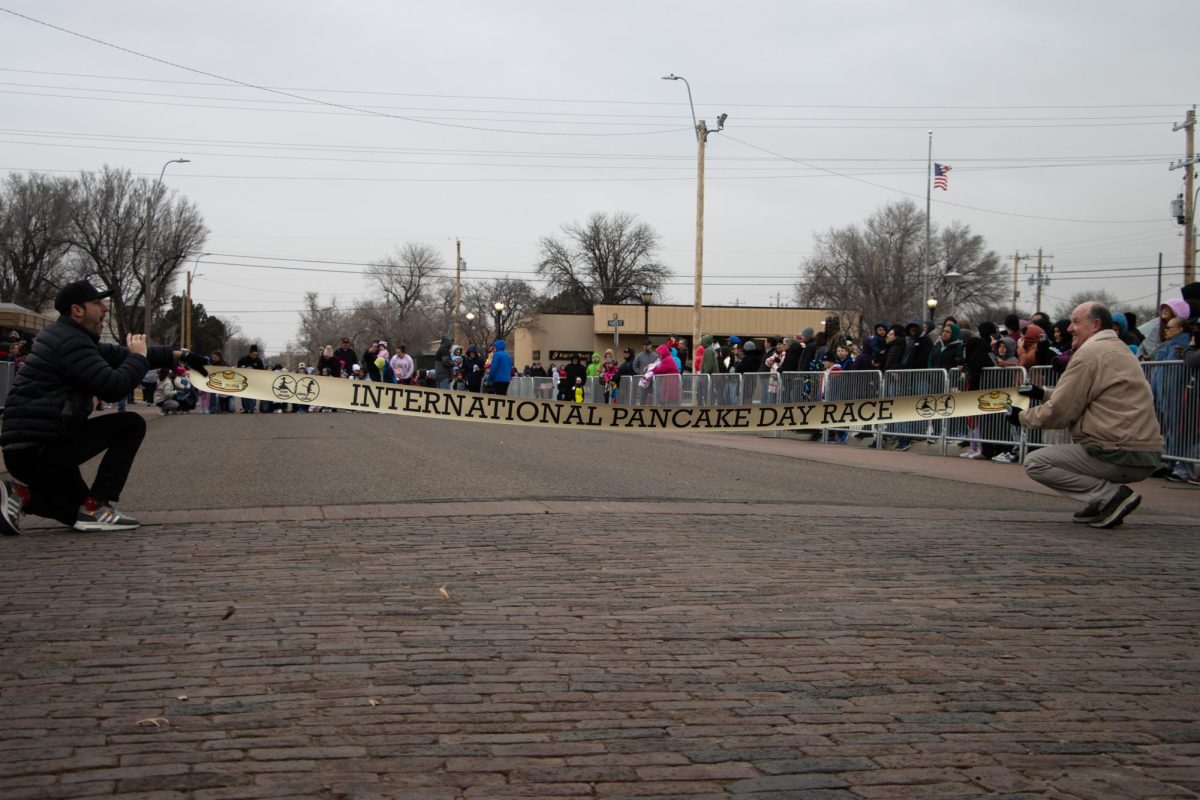
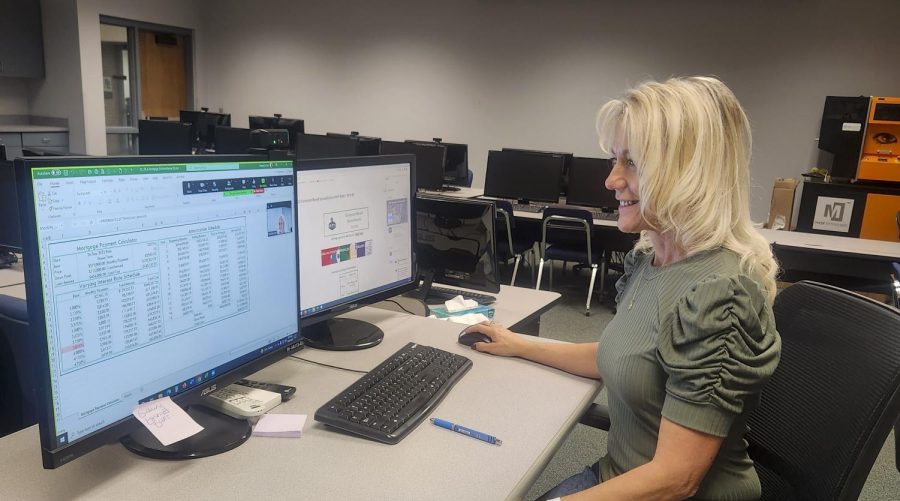


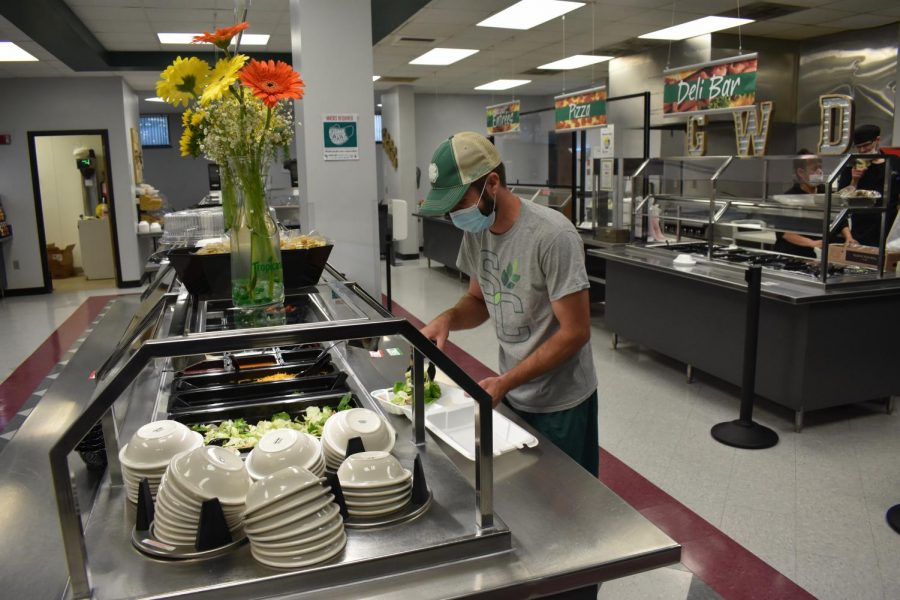


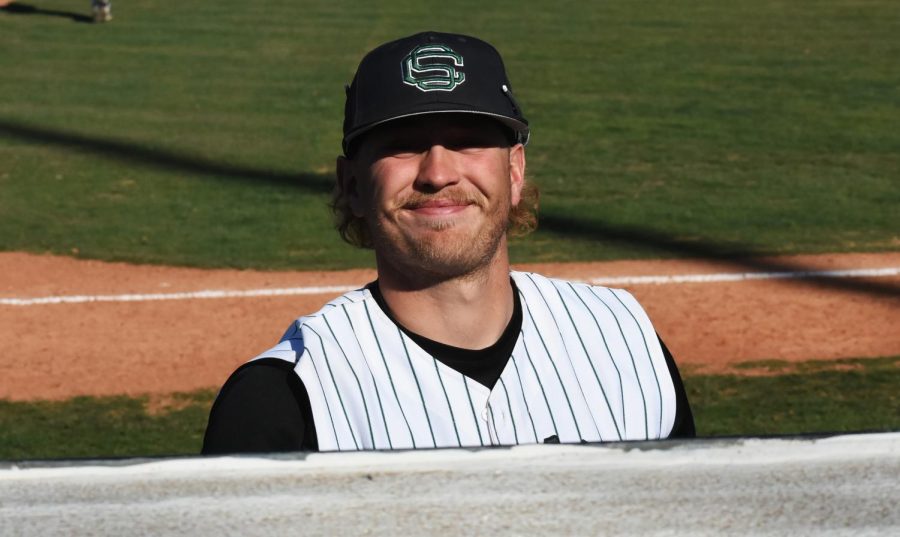

![The sophomores were recognized on the field instead of walking across the stage during their doubleheader. They received their diplomas and a picture of themselves playing during their career at Seward. [Pictured left to right are Dylan Day, Reed Thomas, Jase Schneider, Mason Martinez, Gannon Hardin, Brody Boisvert, and Zach Walker]](https://crusadernews.com/wp-content/uploads/2022/05/WEBDSC_0275-900x454.jpg)
